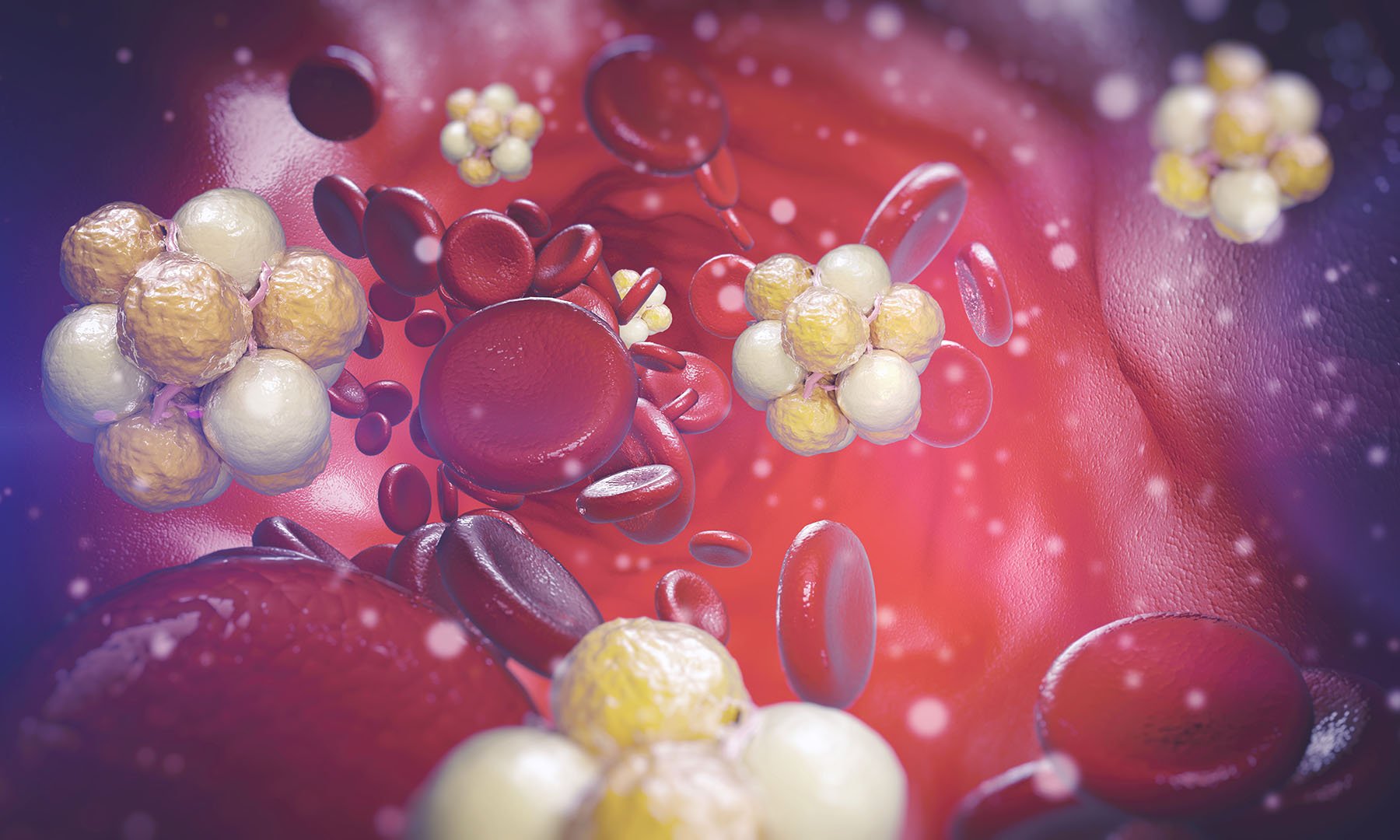Hearing loss is an unfortunate but predictable part of aging. By some estimates, one in three adults over 65 find that their hearing has deteriorated. But aside from age, there could be another mechanism accelerating that hearing loss: uncontrolled blood glucose levels and insulin resistance.
Hearing loss is twice as common in people with diabetes, according to a pivotal review paper of 13 studies released in 2013. The pattern is similar for people with insulin or glucose regulation issues who aren’t yet diabetic. The rate of hearing loss is about 30 percent higher in the 88 million adults in the US who are prediabetic, according to the American Diabetes Association.
“Even after controlling for confounding factors, the authors found that impaired fasting glucose and insulin resistance were risk factors contributing to hearing loss.”
Some research suggests that an overabundance of insulin and high amounts of glucose in the bloodstream may affect cells and blood vessels critical for hearing. That’s especially the case for three ear-specific conditions: hearing loss, tinnitus, and Meniere’s disease.
Hearing Loss
So far, evidence suggests glucose dysregulation and insulin resistance are linked with faster decline in hearing as people age. One 2014 study conducted on 169 people over 10 years found that those with insulin resistance had more rapid declines in hearing loss, even after controlling for age and sex.
Other studies have echoed these findings. One 2016 study in Korea evaluated how levels of blood glucose were related to hearing capacity in a group of about 4,000 people without a diagnosis. There were more cases of hearing loss among people who had blood sugar levels between about 100 mg/dL and 126 mg/dL (considered impaired fasting glucose, or IFG), compared to people with lower blood glucose levels.
Among those in the IFG group, 42.2 percent had some form of high-frequency hearing loss, compared to 24.5 percent of people in the control group. Low-frequency hearing loss was also more common in the IFG group: 14.7 percent of the group had that type of hearing loss, compared to 7.8 percent of the control group.
Even after controlling for confounding factors, the authors found that impaired fasting glucose and insulin resistance were risk factors contributing to hearing loss.
Why does this connection exist? It comes down to the effects of high levels of glucose in the bloodstream. When glucose levels are high, it can set a cascade of biochemical changes into effect that creates reactive oxygen species.
ROS are charged oxygen molecules that are healthy in small amounts, but when they’re overproduced, can cause a state of turmoil called oxidative stress. The overabundance of ROS can cause damage within a cell.
There are various things that can cause ROS to build up in hearing-related cells. For instance, when critical hearing cells (hair cells) are exposed to loud noise, ROS can build up. One guinea pig study found that when the animals were exposed to noise levels as loud as thunder (120-125 decibels) for three hours, ROS appeared two hours post-exposure.
Studies have also shown that persistent high glucose, and even intermittent glucose spikes, can lead to oxidative stress. If critical cells used for hearing (like hair cells which translate sounds into electrical signals for the brain) enter a state of oxidative stress, they can die off, leading to hearing loss.
Another potential mechanism has to do with excess glucose stored in the bloodstream as fat. The accumulation of lipids in the blood can eventually lead to blockages in the fine blood vessels that supply a major ear organ, the cochlea, with oxygen. To add to that, when cells enter a state of oxidative stress, it can decrease levels of nitric oxide—a critical molecule that relaxes the smooth muscle cells within blood vessels, allowing blood to flow through.
Not only does that drive up blood pressure, but it also restricts blood flow within the delicate blood vessels that feed oxygen to the ear.
“That can, of course, induce some damage to the fine capillaries in the ear tissue, but also it just means less blood flow,” said Ben Bikman, an associate professor of cell biology and physiology Brigham Young University and Levels advisor, on the podcast A Whole New Level.
“Once again, we have a higher tendency for the cells to undergo apoptosis [cell death] or, basically, we start killing off the cells that we need for hearing,” he continued.
The result in the ear is similar to what happens when someone has a heart attack. Pressure builds in tight, restricted blood vessels, which eventually can cause rupture or damage.
Tinnitus
Insulin resistance and tinnitus—a ringing sensation in one or both ears—often go hand in hand.
One 2004 study estimates anywhere from 84% to 92% of people with tinnitus have hyperinsulinemia—an overabundance of insulin that’s often a precursor to Type 2 diabetes. According to another 2020 paper, as many as 82 percent of patients with tinnitus have a history of pre-diabetic conditions, like blood sugar instability or an overabundance of insulin.
One proposed mechanism pertains to how electrical signals are transmitted within the ear.
When sounds enter the ear, they are converted into electrical signals within the cochlea (a snail-shaped fluid lined structure), and conveyed to the brain for processing. Those electrical signals are stimulated by the flow of ions, like sodium and potassium, which exist within fluid inside the ear. The concentrations of those ions inside and outside the cell is critical for creating those electrical signals.
When insulin is present, however, it can disrupt the flow of those ions and alter the concentration of that key fluid. That can affect the way that cells in the cochlea respond to sounds, and how they generate electrical signals.
As Bikman explained on the podcast A Whole New Level, the change could cause these signal-generating cells to become “hyperexcitable.”
“What should be a quiet nerve conveying no sound at the moment becomes a bit of a hyperactive nerve giving you a lot of static or that ringing,” he said.
Scientists are still clarifying exactly how insulin affects electrical signals sent within the ear. But studies have shown that insulin affects how electrical signals within the cochlea are generated. In one small study in Brazil, scientists injected 3 sheep with human insulin and measured the electrical signals within key hearing cells. The sheep injected with human insulin saw disruptions in the electric signals in their ears.
This work suggests high levels of insulin in the body can disrupt the molecular balance required for hearing. Meanwhile, the connection between tinnitus and insulin resistance remains especially potent.
“It’s very uncommon for someone to have tinnitus and not have some underlying metabolic problem, namely insulin resistance,” explained Bikman.
It’s very uncommon for someone to have tinnitus and not have some underlying metabolic problem, namely insulin resistance
Meniere’s Disease
Finally, insulin resistance and glucose dysregulation have some ties to Meniere’s disease, a condition that usually includes symptoms like spontaneous and recurrent vertigo, dizzy spells. hearing loss, tinnitus, or pressure within the ear.
The mechanism behind Meniere’s disease is unknown, but one hypothesis is that Meniere’s is caused by changes in the fluid tubes within the inner ear. That’s where insulin and glucose come into the picture.
Similar to the pattern seen with tinnitus, there are strong correlations between Meniere’s and insulin resistance. In his book Why We Get Sick, Bikman points to one 1977 study showing that 76 percent of Meniere’s patients were also insulin resistant. More recent studies support those findings. In 2005, one study on 64 people with Meniere’s found that 72 percent had hyperinsulinemia (an abundance of insulin).
Several studies have proposed a theory: that impaired carbohydrate metabolism and insulin resistance could be behind the dizzy spells associated with Meniere’s disease and other inner-ear problems.
For example, one 2009 study analyzed the blood glucose and insulin levels of 81 patients who had dizzy spells and found that 87.7 percent of patients had either glucose or insulin disorders.
The authors didn’t determine why that was the case in the study but suggested that it could come down to altered concentration of ions within the ear – similar to the proposed mechanisms for tinnitus. They argued that the ability to use glucose easily is critical for structures on the cell that keep sodium and potassium ions in the ear in check. When glucose can’t be easily used, it causes a change in the ion gradient or concentration of those ions. Ultimately it changes the electrical signals generated within the ear, potentially causing a dizzy spell.
Another mechanism proposed by the authors of that paper, and another 2014 study is that the unavailability of glucose as an energy source means that ions like sodium build up within fluids inside the ear. That sodium could lead to more water infiltrating the inner ear, flooding it with even more fluid. The buildup of fluid in the inner ear is characteristic of Meniere’s disease.
However, the authors also noted that this could be unrelated to metabolism and could have been caused by other factors.
In the meantime, the connection between glucose dysregulation and hearing loss remains strong, even if there are still some unanswered questions.








